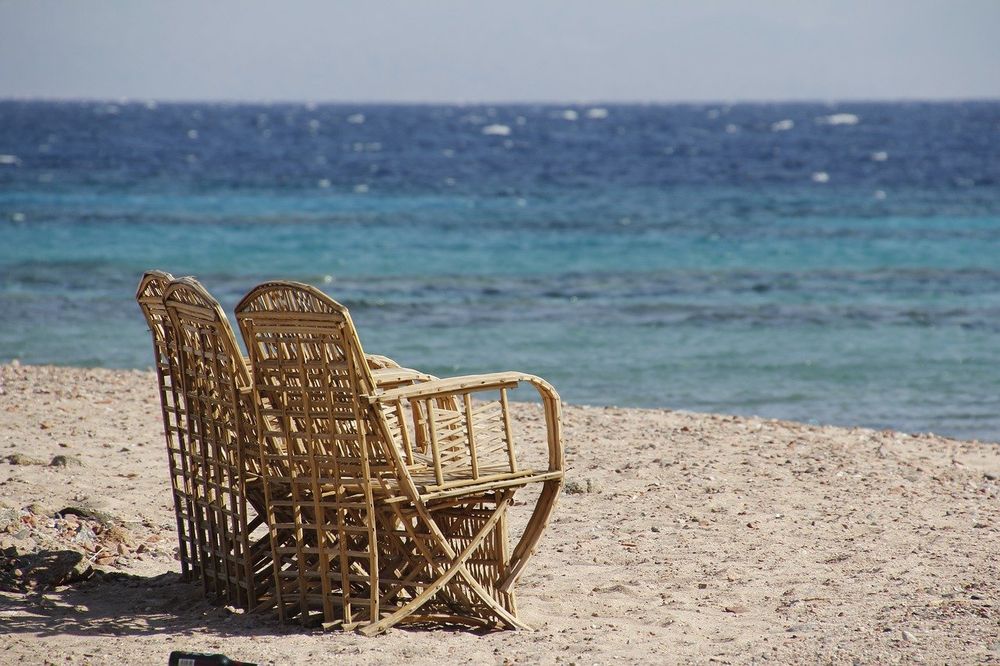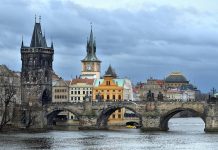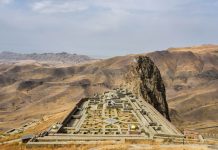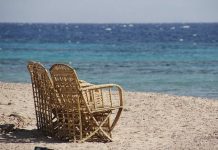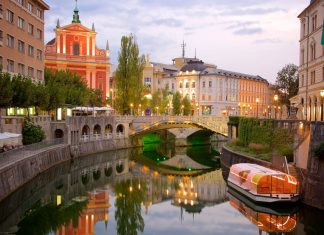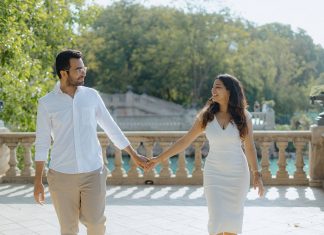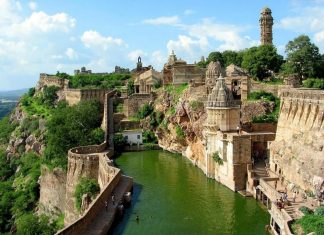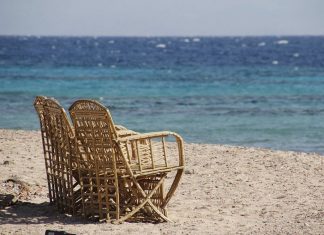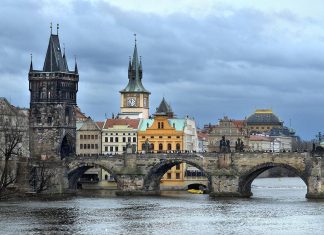Finland is one of Europe’ s most culturally isolated and least understood countries. Lying between Sweden and Russia , Finland occupies an area of 338,000 square kilometers and is home to 5 million people. A country dominated by forests and glacial lakes, its first habitants can be traced back to the thaw of the last Ice Age some 10,000 years ago. From the 12th century until 1809, Finland was part of Sweden . It then became part of Russia . The Finns struggled for independence, finally winning it after the collapse of Tsarist Russia in 1917. Relations with Russia were to be strained for many more years.
Two famous Finns include the great modern composer Jean Sibelius and the famous architect Alvar Aalto. Aalto’s work combines unique functionalism with an expressionist and humane style and he successfully applied it to libraries, civic centres, churches and housing. Helsinki , the country’s capital city, is the centre of cultural, financial and economic activity. With many parks and waterways, the city is a pleasant one with many fine examples of 19th century architecture and some of the best art galleries in the country. The Ateneum covers Finnish and international art from the 19th century onwards. The city of Turku is the country’s oldest city. Its castle was founded in 1280 and is Finland’ s most historic building. It boasts an interesting museum, with many rooms decorated in the style of a specific decade or century.
Nordic skiing is very popular in Finland and there are cross-country trails of varying difficulty. There are resorts in Lapland , Koli in North Karelia or Ruka in Kuusamo. Hiking, trekking and canoeing opportunities abound. Sample some traditional Finnish fare such as reindeer stew, snow grouse, or raw pickled salmon.
Languages – Finnish and Swedish Official Languages
Finland is officially bilingual
Finnish is the first language of 92%, and Swedish of 5.5% of the population. About 1,700 people in Lapland speak Sami (Lapp) languages. Swedish-speaking Finns, of which there are about 300,000, are concentrated mainly along the coastlines of the south and the south-west archipelago and along the shores of the Gulf of Bothnia to the west. Swedish is the official language on the Åland Islands .
Since Finnish is the mother tongue of only about five million people in the world, the ability to speak foreign languages is essential for Finns. This is an advantage to foreign visitors, because many Finns speak English, German or some other European language.
Unlike Swedish, Russian, English and almost all other European languages, Finnish does not belong to the Indo-European family. Together with its close relative Estonian and distantly related Hungarian, it is a member of the Finno-Ugrian group of languages, spoken by only about 20 million people in total.
Christianity reached Finland about 1000 years ago, more or less simultaneously from east and west. As a consequence, both the Evangelical-Lutheran and Orthodox churches still have the status of official religions. Some 86% of the population belong to the former and about 1% to the latter, and both faiths are protected under a constitution that guarantees freedom of religion.

